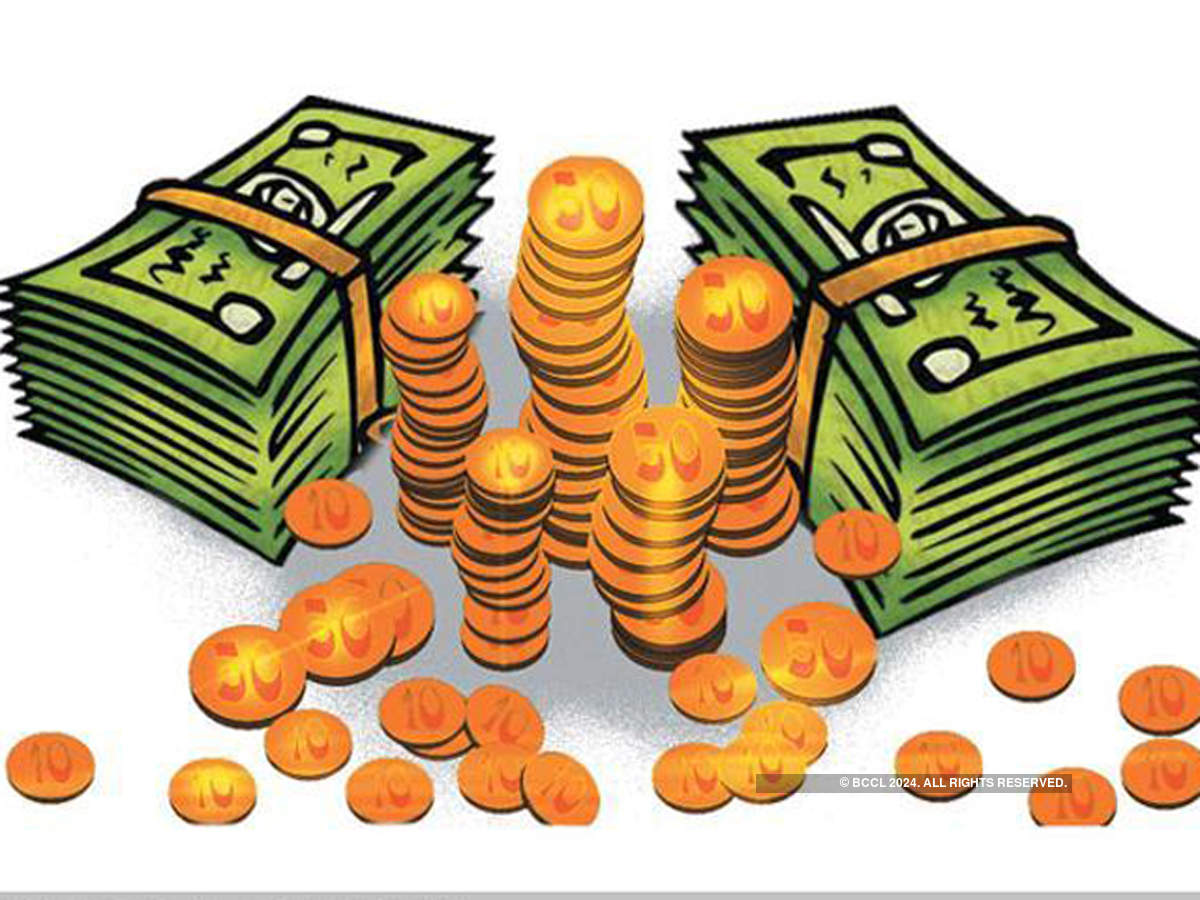
Industrial sector’s plunged credit growth and it’s impact
The banking sector plays a major role in any economy, providing loans for infrastructural development or personal needs and accepting deposits, therefore, influencing the savings of people. Banks have always been very important for an economy. They facilitate the working of the modern economy by accepting savings of individuals and providing loans to businesses. Thus they help in the creation of new capital in the country and therefore facilitate the growth of the economy.
However, like any other sector, the COVID-19 virus has severely affected the banking sector too. Ever since the COVID-19 pandemic broke out in India in March 2020, the overall growth of banks remained very low. There is an increased risk among the bankers due to the slowed-down economy in the pandemic and the resulting in the decline of loans to the industrial sector, which has dropped from 42.7% in 214 to 28.9% in 2021. Thus fall is huge and is very concerning tor the economy. We will be knowing more about this fall and its consequences in this article together.
The official data of this decline in industrial loans level was released by the bi-annual Financial Stability Report (FSR) which was released by the Reserve Bank of India (RBI). However, the demand for personal loans has witnessed very high growth in the last years and has witnessed a growth even during the pandemic, majorly due to the rise in personal demand of people. Loans such as the housing loan, auto loans, etc. which are known as the retail loan witnessed very impressive growth in the last seven years, from 16.2% to 26.3%.
In the pandemic, demand for both personal as well as industrial loans has witnessed a setback. However, the retail loan demand was still at a good level and was not much affected by the pandemic but the demand for industrial loans remained lackluster in the pandemic, with credit supply reducing due to a fall in its demand. Further, the reports claimed that in the recent gears, the share of the industrial sector in total bank credit has declined by a huge number while the share of personal loans has witnessed growth.
The reports have shown that the private corporate sector has witnessed a big decline for the second successive year in 2020-21
Effect of COVID-19
The overall growth of bank loans remained inactive during the pandemic year and has not risen since the COVID-19 virus came to the country. The country witnessed the lowest growth of credit in the last 4 years in the financial year 2020-21 which was 5.4%. With the coming of the virus and the pandemic led by it, the whole country was locked down in their homes.
There was very low industrial development in the last year and therefore the demand for the same also fell. The virus is still there and so is its effect on the economy. In the ongoing financial year, as per the data from April to June 18, bank credit declined by 1% which sums up to nearly Re 1 lakh crore.
Speaking about the earnings of banks, they earn majorly by granting loans from the funds deposited with them. The overall Credit to Deposit (C-D) ratio continued to fall. During the first three quarters of the financial year 2020-2021, there was a decline in this ratio majorly due to the pandemic but the country witnessed a growth in the last quarter which brought a lot of hopes with it. However, these hopes were shattered very soon when the country again witnessed negative growth in the first quarter of the financial year 2021-2022.
While observing more on this issue, the agriculture and personal loan were on the rise in the last quarter of the previous financial year and the first quarter of the ongoing financial year. However, the demand for industrial loans was on the decline. There was double-digit growth in the agriculture and personal loan sector in March 2021 and the loan to these sectors contracted by less than 1 percent since 1st April.
Moreover, the loans to the private corporate and household sector, which fell in the first half, witnessed a growth in the second half of the financial year. Loan demand witnessed a revival in the fourth quarter of the financial year, with the growth of more fresh loans.

More about the Asset Quality
Asset quality refers to the evaluation of assets of the bank which helps in measuring the credit risk associated with it. Beyond the expectations, the asset quality of banks remained stable in the financial year 2020-2021, even after a wide fall in industrial loans. As per the reports of FSR, Gross Non-Performing Assets (GNPA) of commercial banks were 7.5% of the gross advances- which is a good number.
RBI further added that the asset quality remained stable even during the pandemic when the banks were resorting to restructuring under the COVID-19 framework. While the asset quality remained stable in the pandemic, it is expected to rise in the current year. The banks were able to improve their capital conditions by raising equity which resulted in the capital adequacy ratio increasing by 130 basis points from 14.7% in March 2020 to 16% in March 2021.
Further, RBI claimed that the private banks also performed very well during the pandemic, and have improved their ratios even more.

The stress tests done this year indicated that the gross NPA ratio of commercial banks will rise to 9.80% in the baseline scenario by March 2022 and can even rise to 10.36% under medium stress scenarios and to 11.22% under severe stress scenarios. However, even with the rising stress from asset quality, RBI claimed that the banks have sufficient capital at the individual as well as aggregate level.
Under the baseline and two stress scenarios discussed above, the adequacy bank’s systems hold up very well, the RBI said. This statement is backed up the situation of witnessing 30 bps between March 2021 and March 2022 and by 130 bps and 256 bps respectively under the medium and high-stress levels.
With the resuming of industrial growth in the financial year, the demand for the industrial loan will rise and will therefore benefit the economy of the country.





